
5月4日から16日にかけて、地球の反対側の国・ブラジルに研修に一人旅をしてきました。
私は学生の頃、2020年~2021年にかけてフィンランドに留学していたのですが、その際にシェアハウスに一緒に住んでいたルームメイトがブラジル人だったことからブラジルに興味を持つようになりました。
今回の旅はブラジル人のルームメイトに会うこと、ブラジルの様々な都市を体験してくることを目的としました。
成田空港からブラジルのサンパウロへはアフリカのエチオピアを経由し、16時間と13時間の飛行機を乗り継ぎました。乗り換えも含め、所要時間は約31時間です。これまでの人生で一番長い移動時間でした。写真はエチオピアのアディスアベバ空港です。

ブラジルでは、サンパウロ・クリチバ・ブラジリア・ニテロイの4都市を巡りました。
■サンパウロ
南半球最大の都市といわれ、多種多様な民族が混在する「人種のるつぼ」としても知られています。落書きが多く薄暗い通りもあれば高層ビルの立ち並ぶ大通りもあり、混沌とした街です。
サンパウロのセントラルパークといわれる「イビラプエラ公園」は緑豊かな林の中に大きな湖やランニングコース、多様な造形の建築物があり、穏やかで居心地の良い場所でした。写真は公園の中の湖と「アフリカ系ブラジル博物館」の様子です。
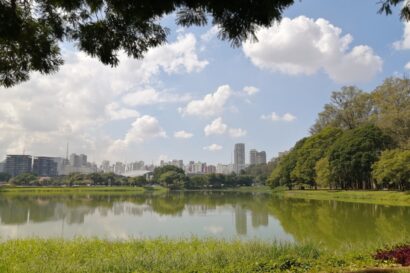
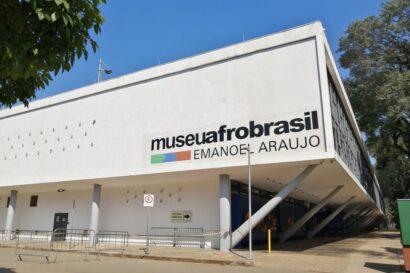
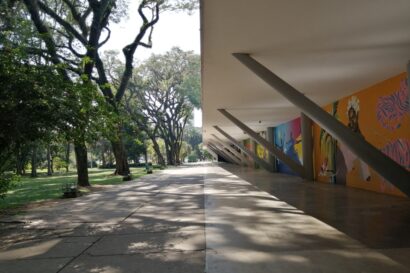
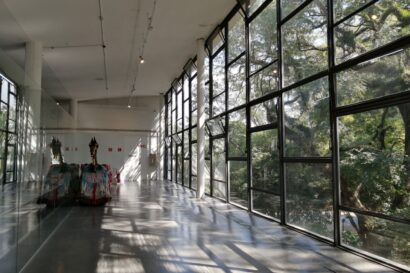
リナ・ボ・バルディのサンパウロ美術館、隈研吾氏設計のジャパンハウス・サンパウロなども見学しました。
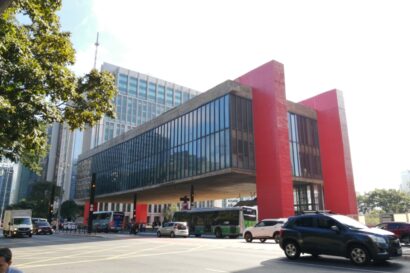
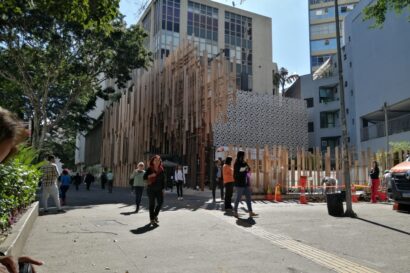
■クリチバ
サンパウロ州の隣のパラナ州の州都であるクリチバは、バスシステムによる公共交通を活かした街づくりを行っている都市です。どことなくヨーロッパの雰囲気も感じさせるような建物が並ぶ中に、特徴的なガラスのチューブのバス停が並びます。バス停の中に改札があり事前精算式とすることでスムーズな乗降を実現していました。クリチバ市の人口は200万人ほどで仙台市よりも多いのですが、鉄道はなくバスで公共交通をまかなっています。
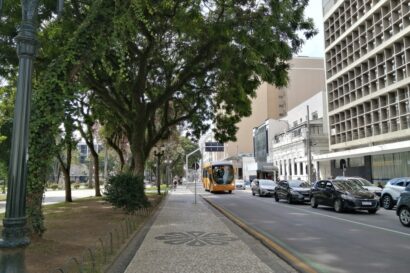
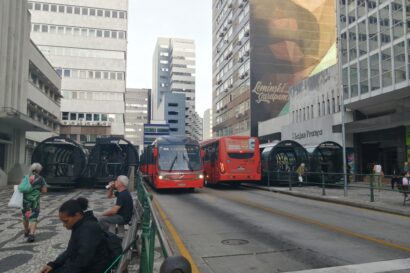
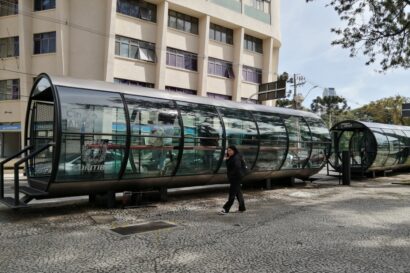
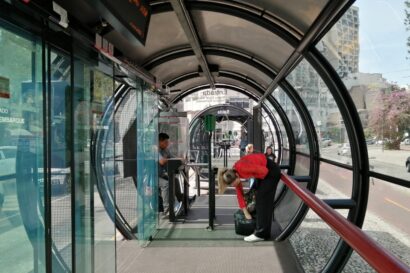
クリチバではオスカー・ニーマイヤーが設計した「オスカー・ニーマイヤー美術館」を見学しました。また、留学時代のルームメイトと再会しその友人たちとも一緒に食事の機会をつくることができ、楽しくにぎやかなひとときとなりました。
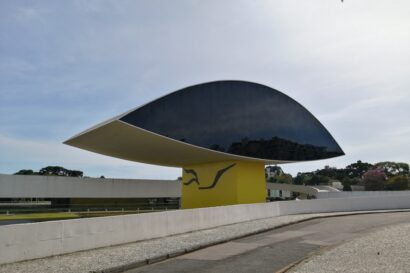
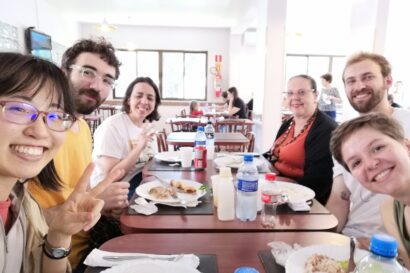
■ブラジリア
ブラジリアは、内陸の荒涼とした未開の土地に、1950年代に約3年半で建設された計画都市です。空から見ると都市全体が全長11kmほどの翼を広げた飛行機の形をしています。整然とした都市ですが車移動中心で建物のスケールがとても大きく、「人間不在の都市」などと呼ばれたこともあったようです。
しかし、実際に訪れてみると居住区は緑と調和した空間になっており、集合住宅の1階がピロティになっていて心地よい日影の空間を作り出しているなど、ヒューマンスケールで快適な環境だと感じました。
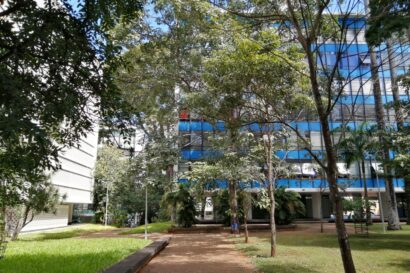
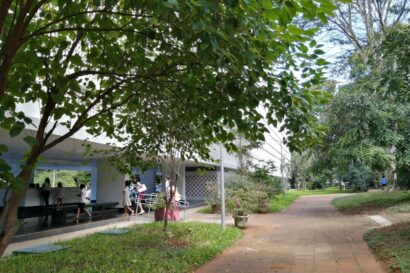
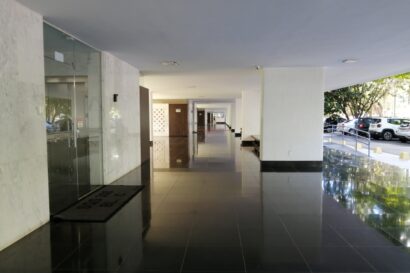
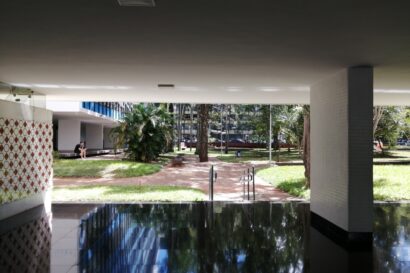
ブラジリアでは留学時代のルームメイトから紹介された家族と一緒に建築巡りをしました。初対面の私のことも家族の一員のように親しく接してもらい、楽しい時間でした。都市の中の広大な範囲に建築が点在していますが、家族が車を運転して一緒に移動してくれたため快適に移動できました。
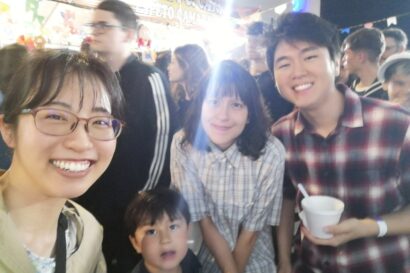
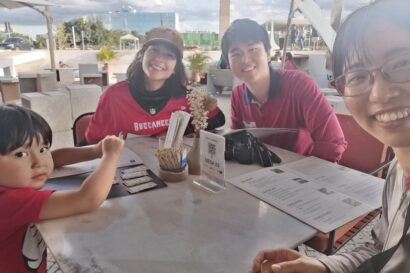
写真はブラジルの国会議事堂、ブラジリア大聖堂、ブラジリア大学です。



青いステンドグラスが美しいドン・ボスコ聖堂も訪れました。
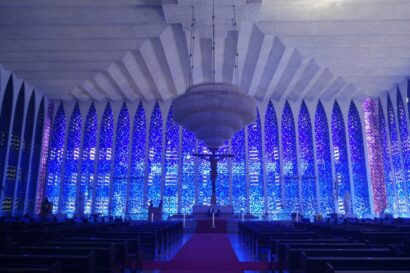
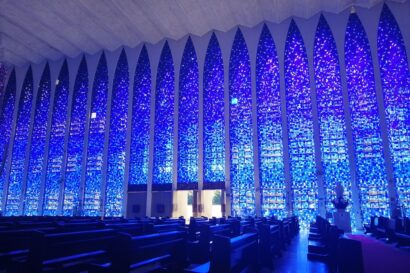
■ニテロイ
リオ・デ・ジャネイロの隣町のニテロイには、オスカー・ニーマイヤーが設計した「ニテロイ現代美術館」を見に行きました。強い日差しの下の赤いスロープがとても印象的でした。周囲の風景がどことなく松島のような雰囲気もありました。
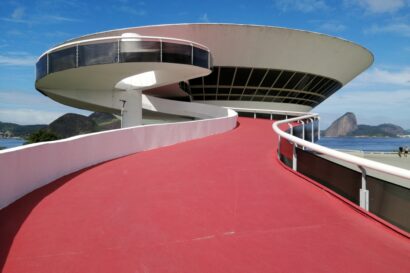


ニテロイでは一般家庭のAirbnbに宿泊し、ブラジルの家庭料理をいただきました。実はブラジルに来てから体調を崩してしまいずっと胃腸の調子が悪かったのですが、ニテロイでご馳走になった家庭料理はどこか懐かしい味でパクパク食べることができました。

研修前は、日本に比べ治安のよくない・英語もあまり通じないブラジルに一人で行くということがとても不安でしたが、この旅を通じて多くの人と出会い、ブラジルの魅力を感じることができました。研修中に業務面でご尽力いただいた同僚・先輩方や上司、現場の担当の方々に感謝します。また、ブラジルで時間を割いて会っていただいた多くの方々にもこの場を借りて感謝の気持ちを伝えたいです。
以下、英訳(In English)
From May 4th to 16th, I traveled alone to Brazil, a country on the other side of the globe, for a training program.
During my student days, I studied abroad in Finland from 2020 to 2021. While there, I lived in a shared house with a Brazilian roommate, which sparked my interest in Brazil.
The purpose of this trip was to meet my Brazilian roommate and experience various cities in Brazil.
From Narita Airport to São Paulo, Brazil, I flew via Addis Ababa, Ethiopia, connecting flights lasting 16 hours and 13 hours respectively. Including the layover, the total travel time was about 31 hours. It was the longest journey of my life. The photo shows Addis Ababa Airport in Ethiopia.
In Brazil, I visited four cities: São Paulo, Curitiba, Brasília, and Niterói.
■São Paulo
Known as the largest city in the Southern Hemisphere, it’s also famous as a “melting pot” where diverse ethnic groups coexist. It’s a chaotic city with graffiti-covered, dimly lit streets alongside avenues lined with skyscrapers.
“Parque do Ibirapuera”, often called São Paulo’s Central Park, was a peaceful and pleasant place. Nestled within lush woodlands, it features a large lake, running paths, and diverse architectural structures. The photos show the lake within the park and the Museum of African Brazilian Culture, “Museu Afro Brasil” located there.
I also visited the São Paulo Museum of Art by Lina Bo Bardi and the Japan House São Paulo designed by Kengo Kuma.
■Curitiba
Curitiba, the capital of Paraná State adjacent to São Paulo State, is a city built around an efficient bus-based public transportation system. Among buildings that somehow evoke a European atmosphere, distinctive glass tube bus stops line the streets. Fare gates inside the stops, combined with a pre-payment system, enabled smooth boarding and alighting. Curitiba has a population of about 2 million, larger than Sendai City, yet it relies entirely on buses for public transportation, without a rail system.
In Curitiba, I visited the Oscar Niemeyer Museum. I also reunited with my roommate from my study abroad days and had the opportunity to dine with their friends as well, making for a fun and lively time.
■Brasília
Brasília is a planned city built in the 1950s over approximately three and a half years on the barren, undeveloped inland terrain. The entire city resembles an airplane with its wings spread. While orderly, it is car-centric with buildings on a massive scale, leading it to have been called a “city without people” at times.
However, upon visiting, I found the residential areas harmonized with greenery. Features like the pilotis (elevated ground floors) of apartment buildings creating pleasant shaded spaces gave the impression of a comfortable, human-scale environment.
In Brasília, I toured the architecture with a family introduced to me by a roommate from my study abroad days. They treated me like family, making it a truly enjoyable time. While the buildings are scattered across the city’s vast expanse, the family drove us around, making travel comfortable.
The photos show the Brazilian National Congress, Brasília Cathedral, and the University of Brasília.
I also visited the beautiful cathedral with its stunning blue stained glass.
■Niterói
In Niterói, a city next to Rio de Janeiro, I went to see the Niterói Contemporary Art Museum designed by Oscar Niemeyer. The red ramp under the intense sunlight was very striking. The surrounding scenery also had an atmosphere somewhat reminiscent of Matsushima, Japan.
I stayed at a local Airbnb and enjoyed Brazilian home cooking. Actually, after arriving in Brazil, I’d been feeling unwell with persistent stomach issues. But the home-cooked meal I were treated there had a nostalgic flavor, and I could eat it heartily.
Before the training, I was very anxious about traveling alone to Brazil, a country perceived as less safe than Japan and where English isn’t widely spoken. However, through this trip, I met many people and truly felt Brazil’s charm. I am grateful to my colleagues, seniors, and superiors who handled work matters during the training. I would also like to take this opportunity to express my gratitude to the many people in Brazil who made time to meet with me.
